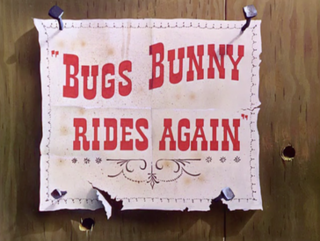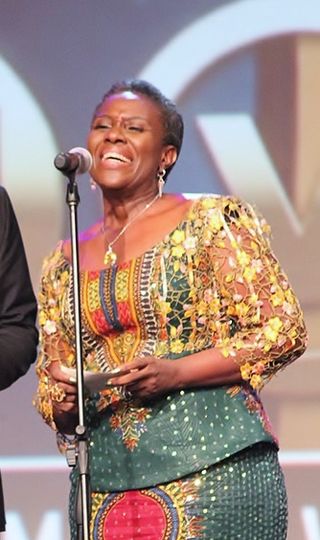Related Research Articles

Nigeria, officially the Federal Republic of Nigeria, is a country in West Africa. It is situated between the Sahel to the north and the Gulf of Guinea to the south in the Atlantic Ocean. It covers an area of 923,769 square kilometres (356,669 sq mi), and with a population of over 230 million, it is the most populous country in Africa, and the world's sixth-most populous country. Nigeria borders Niger in the north, Chad in the northeast, Cameroon in the east, and Benin in the west. Nigeria is a federal republic comprising 36 states and the Federal Capital Territory, where the capital, Abuja, is located. The largest city in Nigeria is Lagos, one of the largest metropolitan areas in the world and the largest in Africa.

The Igbo people are an ethnic group in Nigeria. They are primarily found in Abia, Anambra, Ebonyi, Enugu, and Imo States. A sizable Igbo population is also found in Delta and Rivers States. Igbo is also considered a very minority tribe in states such as Benue, Kogi, Akwa Ibom and Edo. Ethnic Igbo populations are found in Cameroon, Gabon, and Equatorial Guinea, as migrants as well as outside Africa. There has been much speculation about the origins of the Igbo people, which are largely unknown. Geographically, the Igbo homeland is divided into two unequal sections by the Niger River—an eastern and a western section. The Igbo people are one of the largest ethnic groups in Africa.

Enugu is the capital city of Enugu State in Nigeria. It is located inland in the Southeastern part of Nigeria. In 2006, the city had a population of 820,000 according to the last Nigerian census.
The film industry or motion picture industry comprises the technological and commercial institutions of filmmaking, i.e., film production companies, film studios, cinematography, animation, film production, screenwriting, pre-production, post-production, film festivals, distribution, and actors. Though the expense involved in making films almost immediately led film production to concentrate under the auspices of standing production companies, advances in affordable filmmaking equipment, as well as an expansion of opportunities to acquire investment capital from outside the film industry itself, have allowed independent film production to evolve.

The cinema of Nigeria, often referred to informally as Nollywood, consists of films produced in Nigeria; its history dates back to as early as the late 19th century and into the colonial era in the early 20th century. The history and development of the Nigerian motion picture industry is sometimes generally classified in four main eras: the Colonial era, Golden Age era, Video film era and the emerging New Nigerian cinema era.
Anarchism in Nigeria has its roots in the organization of various stateless societies that inhabited pre-colonial Nigeria, particularly among the Igbo people. After the British colonization of Nigeria, revolutionary syndicalism became a key factor in the anti-colonial resistance, although the trade union movement deradicalized and took a more reformist approach following the country's independence. The contemporary Nigerian anarchist movement finally emerged from the left-wing opposition to the military dictatorship in the late 1980s and saw the creation of the Awareness League.

Cinema of Africa covers both the history and present of the making or screening of films on the African continent, and also refers to the persons involved in this form of audiovisual culture. It dates back to the early 20th century, when film reels were the primary cinematic technology in use. During the colonial era, African life was shown only by the work of white, colonial, Western filmmakers, who depicted Africans in a negative fashion, as exotic "others". As there are more than 50 countries with audiovisual traditions, there is no one single 'African cinema'. Both historically and culturally, there are major regional differences between North African and sub-Saharan cinemas, and between the cinemas of different countries.

Bugs Bunny Rides Again is a 1948 Merrie Melodies animated short directed by Friz Freleng. The short was released on June 12, 1948, and stars Bugs Bunny and Yosemite Sam.
The Adventures of Captain Africa is a 1955 adventure serial film directed by Spencer Gordon Bennet and starring John Hart.
The Lightning Express is a 1930 American pre-Code Universal film serial, featuring the adventures of "Whispering Smith". This serial is considered a lost film.

Jungle Mystery is a 1932 American pre-Code Universal 12-chapter movie serial directed by Ray Taylor. The serial was based on a book called "The Ivory Trail" by Talbot Mundy. A 1935 feature version was also released, edited down to 75 minutes.

Joke SilvaMFR is a veteran Nigerian actress, director, and businesswoman.

Miraculous Journey is a 1948 film about seven airplane passengers who find themselves stranded in an African jungle after their plane crashes. It was directed by Sam Newfield, under the pseudonym of Peter Stewart. The film stars Rory Calhoun and Virginia Grey.

Huddle is a 1932 American pre-Code sports drama film directed by Sam Wood and starring Ramon Novarro, Madge Evans, Ralph Graves and Una Merkel. This was the first of two films Ramon Novarro would make in 1932, and his first after appearing in the acclaimed, successful Mata Hari.

Filmmaking in Colonial Nigeria generally refers to an era in Nigerian cinema, usually spanning the 1900s through to the 1950s, when film production and exhibition or distribution were controlled by the British colonial Government. The history of cinema in Nigeria dates back to as early as the history of film itself; notably in the late 19th century, with the use of peephole viewing of motion picture devices. These were soon replaced in the early 20th century with improved motion picture exhibition devices, with the first set of films screened at the Glover Memorial Hall in Lagos from 12 to 22 August 1903.

Golden Age or Golden era are terms used in Nigerian film history to designate the motion picture industry of Nigeria from the late 1950s to the late 1980s. It captures the mode of visual and sound production, as well as the method of distribution employed during this period. This period began with the formal recognition of the Nigerian Film Unit as a sector in 1954, with the first film entirely copyrighted to this unit being Fincho (1957) by Sam Zebba.

Palaver, otherwise known as Palaver: A Romance of Northern Nigeria, is a 1926 silent film shot in British Nigeria; it is recognized today as the first Nigerian feature film.
Cinema of Zambia refers to the cinema and film industry of the country of Zambia.
The cinema of São Tomé and Príncipe does not have an extensive history, since São Tomé and Príncipe is not a large island. However there has been some filmmaking.
References
- ↑ Larry Richards (27 May 2005). African American Films Through 1959: A Comprehensive, Illustrated Filmography. McFarland. pp. 59–. ISBN 978-1-4766-1052-8.
- ↑ Steven G. Ohrn; Rebecca Riley (1976). Africa from real to reel: an African filmography. African Studies Association. p. 42.
- ↑ Human Resources Research Organization (1967). Technical Report. p. vii.
- ↑ Sam Zebba (March 2013). Aspects of My Life. pp. 111–113. ISBN 978-1-4759-7472-0.